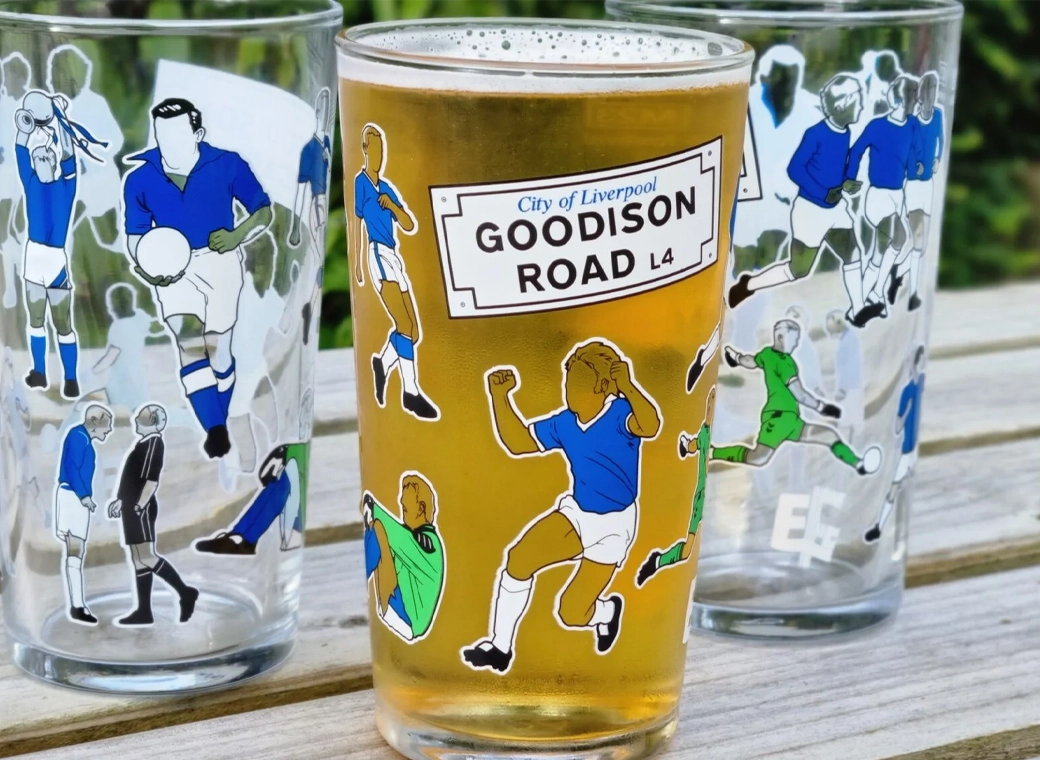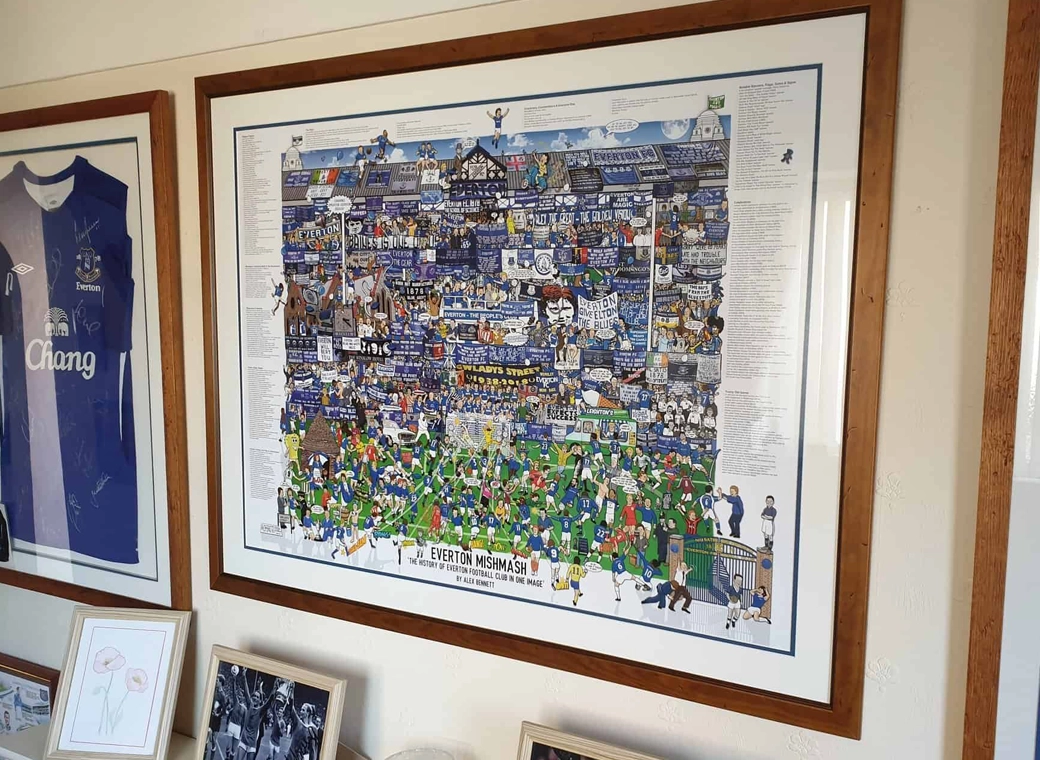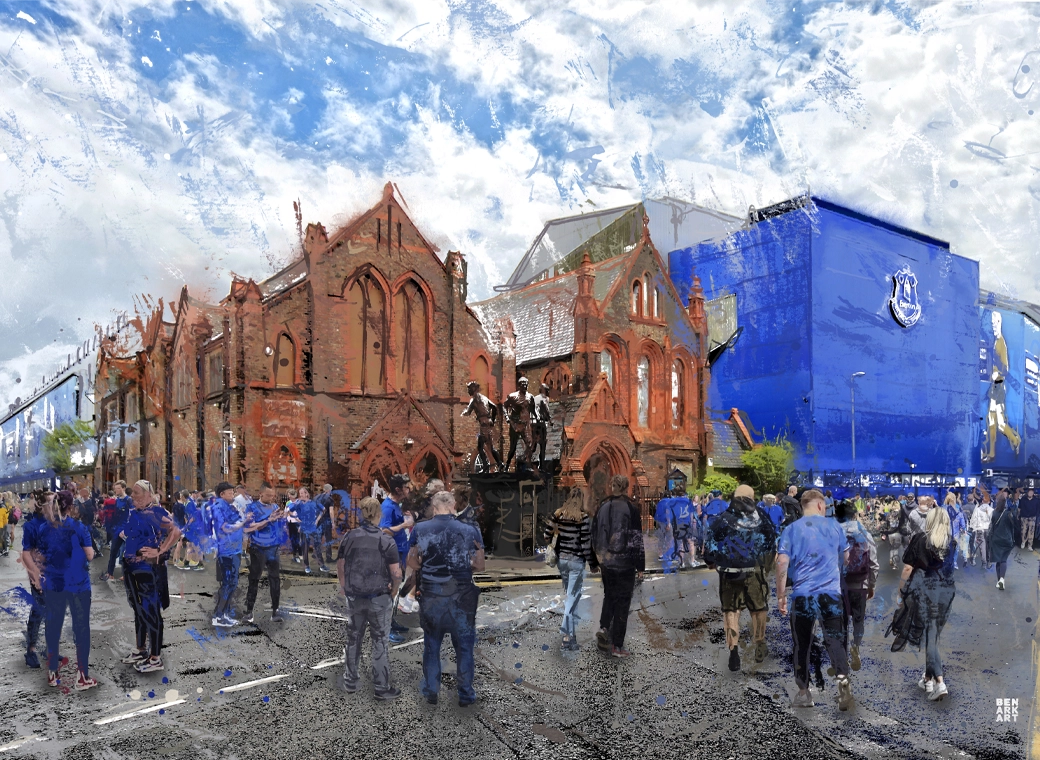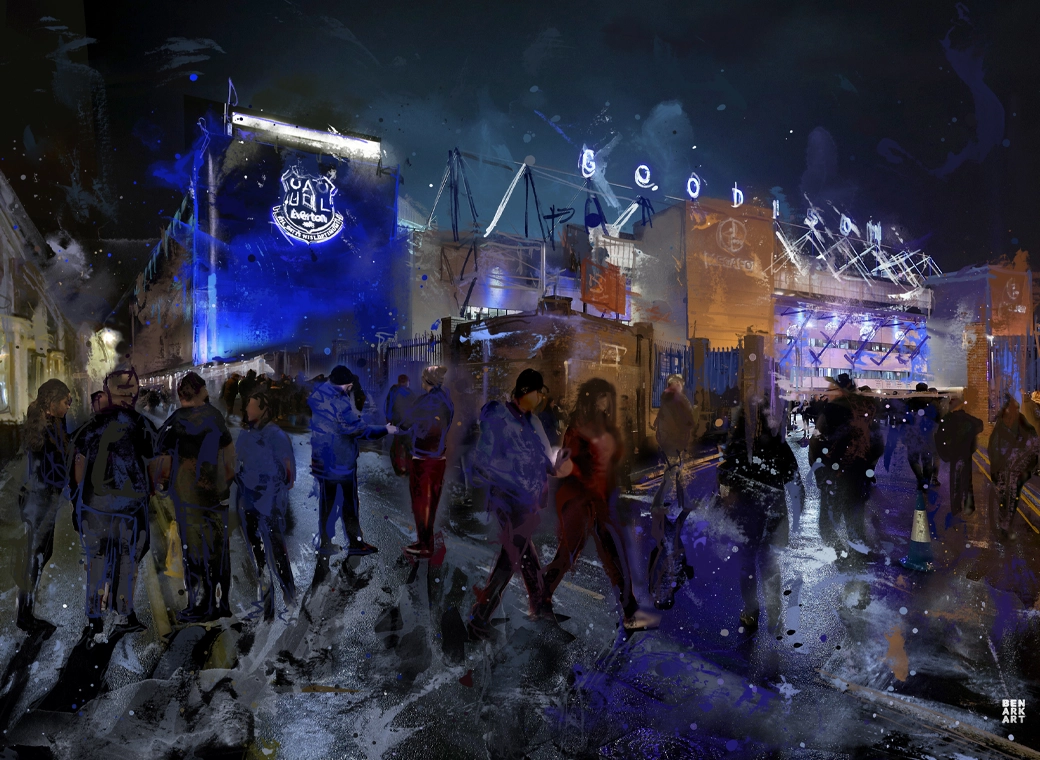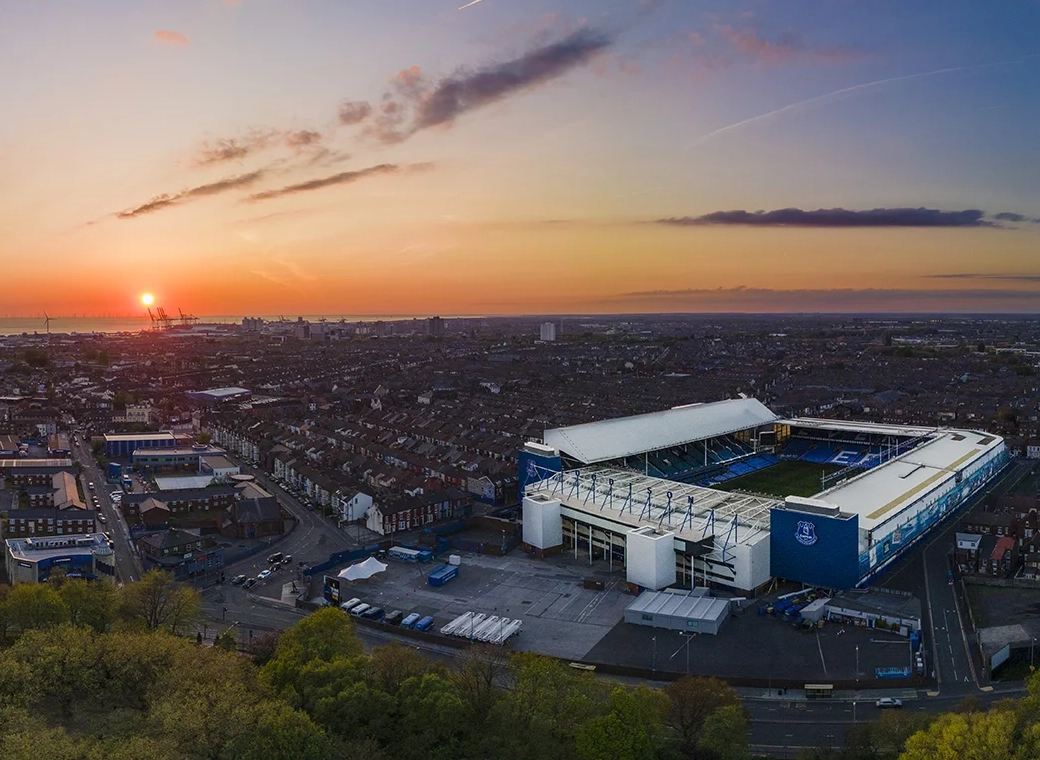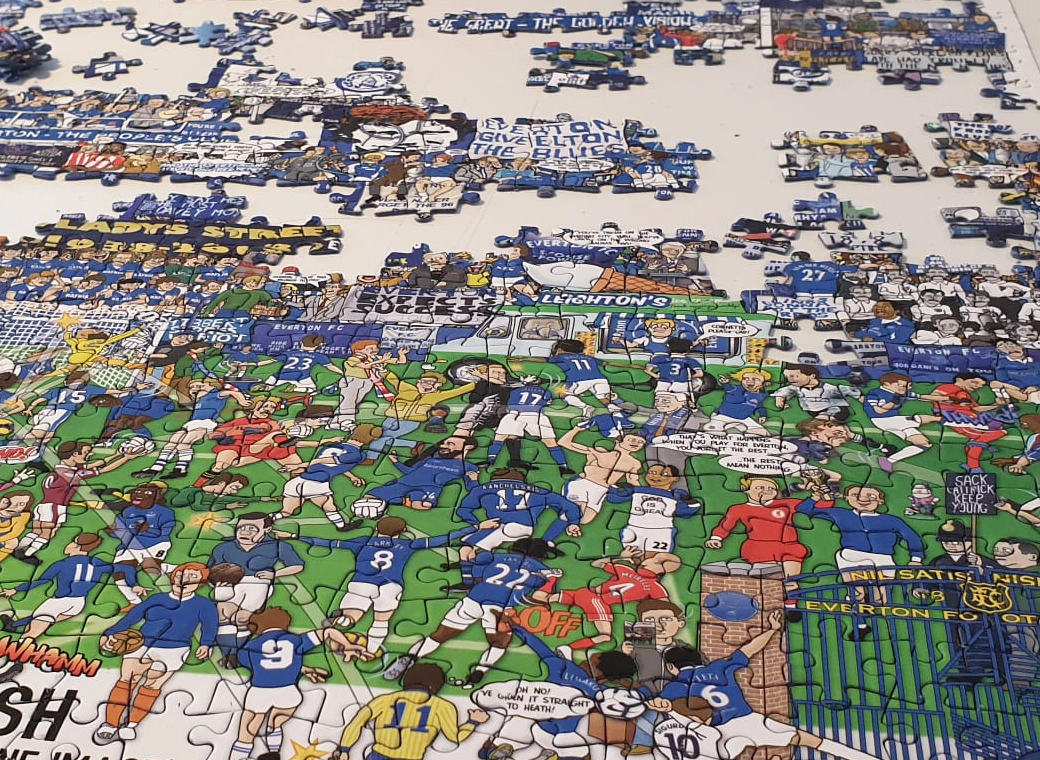Came across this on the 'I'm from Kirkdale' Facebook page today. Absolutely fascinating history of a Scouser at war:
The fascinating story of a brave Kirkdale war hero who travelled the world.
The photo is of Private John "Barney" Hines surrounded by German equipment he had looted during the Battle of Polygon Wood in September 1917. Also known as "Wild eyes" he "was a man whose skills in fighting were needed and whose knack for souveniring was admired, but he had few gifts that a peaceful society valued." historian Peter Stanley.
The photograph of Hines at the Battle of Polygon Wood was published in late 1917 under the title Wild Eye, the souvenir king and became one of the best-known Australian photographs of the war. Many soldiers identified with Hines and were amused by his collection of souvenirs. The photograph was used as propaganda, and a false story developed that the German Kaiser Wilhelm II had become enraged after seeing it. Old soldiers felt that it represented the larrikin side of the archetypal digger.
Hines was known as one of the bravest soldiers at the front and would have been decorated many times had it not been for his lack of military discipline.
He earned his nickname because of his incurable habit of hijacking medals, badges, rifles, helmets and watches from the bodies of the German dead - and, in some cases, of those he captured.
Born in Liverpool in 1873, Barney Hines was always a rebel. Of German/ Irish descent, he ran away to enlist in the army at the age of 14 but was dragged home by his mother.
The family later lived in Eldon Street, Kirkdale.
Two years later he joined the Royal Navy and saw action during the Boxer Rebellion when he served on a gunboat chasing pirates in the China Sea. Discharged the following year, he went gold seeking around the world and was in South Africa when the Boer War broke out. He served throughout it as a scout with various British units.
His lust for gold continued and he searched for it in the US, South America and New Zealand. He spent over a decade in NZ and managed to collect an extensive criminal record. In August 1915 he set sail to Australia, probably after being turned down for NZ service due to his age and criminal convictions. Six days after arriving Hines first joined the Australian Imperial Force (AIF), falsely claiming to be 28 years of age as he was far too old to enlist. After a short stint in the AIF he was discharged on medical grounds. Undeterred, he haunted recruiting centres until he was accepted to serve in France in 1916 as one of the reinforcements for the 45th Battalion. By this stage of the war medical requirements were less strict due to the need for reinforcements to make good the AIF's casualties.
Now in France, the legend of this huge, powerful man who never showed fear, began.
He generally disdained conventional weapons such as his .303 rifle, preferring to go into action with two sandbags packed with Mills bombs. His commanding officer had a brain wave and gave him a Lewis gun, which was an immediate success. Hines was entranced by its spraying effect and announced in his broad Liverpudlian accent: "This thing'll do me. You can hose the b*ds down.
Another nickname he earned was Wild Eyes and at a later date the commanding officer was heard to say: "I always felt secure when Wild Eyes was about. He was a tower of strength in the line, I don't think he knew what fear was and he naturally inspired confidence in officers and men."
One of Hines' pastimes was prowling around collecting prisoners and loot with enthusiasm. His haul grew far too big for one man to haul around, and he opted at times to trade it for alcohol from other men in his unit. He dragged around his "military surplus" collection with him throughout the entire war.
He is also unofficially recognized as perhaps Australia's deadliest soldier of the Great War, having killed more Germans than anyone else in the Australian Imperial Force through his unorthodox, and near-suicidal tactics. On one occasion, annoyed at the sniper fire from a German pill-box, he ran straight at it, leapt on it's roof and preformed a war dance while taunting the Germans to come out. When they failed to comply, Hines lobbed a couple of Mills bombs through the gun port. A few minutes later the 63 Germans who had survived staggered out with their hands above their heads. Hines collected his "souvenirs" before herding his prisoners back to the Australian lines.
There were some near misses, too. At Passchendale he was the only survivor of a direct hit on the Lewis gun nest. Blasted 20ms. and with the soles of his boots blown off, he crawled back, got the gun working and continued firing until he fainted from wounds in his legs.
On one trip he came across a battered German dressing station. Creeping in, he found the surgeon standing over the operating table and, on tapping him on the shoulder, Hines was amazed to watch him topple over - dead from a shell splinter in the heart. Only one man had survived - ironically a wounded Tommy who was on a stretcher on the floor out of the blast. Picking the man up as if he were an infant, Hines carried him towards safety but he died before reaching allied lines. Hines lowered him gently to the ground then returned to loot the dressing station.
His booty wasn't confined to portable keepsakes. At Villers-Bretonneux he liberated a piano which he managed to keep for several days until he was persuaded to give it away. On another occasion he scored a grandfather clock which he carried back to the trenches. But, after its hourly chimes were found to attract German fire, so his mates blew it up with a Mills bomb.
In Armentieres he came across a keg of Bass which he started to roll towards the battalion. He was stopped by military police and told not to go any further with it. Unfazed, Hines left the keg and went ahead to round up fellow Diggers who returned to drink it on the spot.
When the AIF reached Amiens they found the beautiful cathedral city deserted. It was too much for Hines. He disappeared and was finally sprung by British military police in the vaults of the Bank of France where he had already squirrelled away millions of francs, packed neatly in suitcases.
He was hauled off for questioning by the British who, nonplussed on what to do with the reprobate, returned him to his unit. Later he was to boast that the escapade had cost him no more than 14 days' pay and that he had been allowed to keep the banknotes he had stuffed into his pockets.
But for all his incorrigibility, he was an outstanding, if unpredictable soldier who managed to capture many German soldiers single-handed.
Hines was also renowned for the party he held at Villers-Bretonneux after he found a cache of 1870 champagne and tinned delicacies. His mates were all decked out in top hats and dress suits which he had also acquired. It was to be his last party for some time. Just after it ended he scored a bullet wound over his eye, another in his leg and a whiff of gas. Despite protests, he was hospitalised at Etaples, being almost blinded.
A few nights later the Germans bombed the hospital, causing 3000 casualties. Hines hauled himself out of bed, found a broom which he used as a crutch and spent all night carrying the wounded and dying to safety.
After that he was invalided home thus ending his career at the rank of Private. His nine court martials ranging from drunkenness to impeding the military police negated his many acts of bravery, and he was demoted on numerous occasions.
Hines struggled to adapt back to life after the War and for the next 40 years he lived alone, he never married, in a humpy made of cloth bags near Mount Druitt on the outskirts of Sydney. The humpy was surrounded by a fence on which he hung helmets taken from German soldiers; he became well known to locals and unsurprisingly the local school children were afraid of him.
Unable to find consistent work he lived on his Army pension which he supplemented with odd jobs and by selling his souvenirs. In 1933 he gained renewed fame when the photo of him at Polygon Wood was displayed at the temporary Australian War Museum in Sydney and several newspapers and magazines aimed at former servicemen published profiles of him.
An article in the Returned Sailors and Soldiers Imperial League of Australia's magazine Reveille in 1934 highlighted Hines' desperate living conditions and stated that he had been unemployed for four years. Several former soldiers sent money to him in response to this article. Hines' pension was also doubled. Despite his poverty, Hines travelled to Concord Repatriation Hospital each week to donate a suitcase of vegetables from his garden to the former soldiers being treated there.
Hines told a journalist in June 1939 that he was seeking to join the Militia and hoped to fight in another war. He attempted to enlist in the military during World War II, despite being in his 60s, but was rejected. True to form he stowed away on a troop ship but moving slow, and suffering the effects of old war wounds, he was clearly out of place, his ruse was quickly discovered and he was sent ashore before the vessel sailed.
On 28 January 1958 Hines died at Concord Repatriation Hospital in his mid 80's. He was buried in Rookwood Cemetery in a grave which was unmarked until 1971, when the Mount Druitt sub-branch of the Returned Services League of Australia paid for a headstone. The Blacktown City Council also renamed the street on which he lived in the suburb of Minchinbury to John Hines Avenue, and a monument commemorating him was built at the nearby Mount Druitt Waterholes Remembrance Garden in 2002.



